Cooking rice without a rice cooker might seem a bit scary at first, but don’t worry! It’s actually pretty simple, and I’m here to guide you through it step by step. Whether you don’t have a rice cooker or you just like cooking on the stove, I’ll show you how to make perfect rice every time.
Let’s start. Measure the rice and rinse it well in a fine-holed strainer under cold water until it runs clear, removing excess starch for non-sticky rice.
Transfer rinsed rice to a pot, and add the appropriate water (usually 1 part rice to 2 parts water, but ratios vary with rice type). Once boiling, reduce heat, cover with a well-fitting lid, and gently simmer for 18-20 minutes, allowing the rice to absorb the water.
After time’s up, fluff the rice with a fork to separate the grains and achieve fluffiness. Ready to serve and savor! Cooking rice without a rice cooker is manageable. You’ve got this!
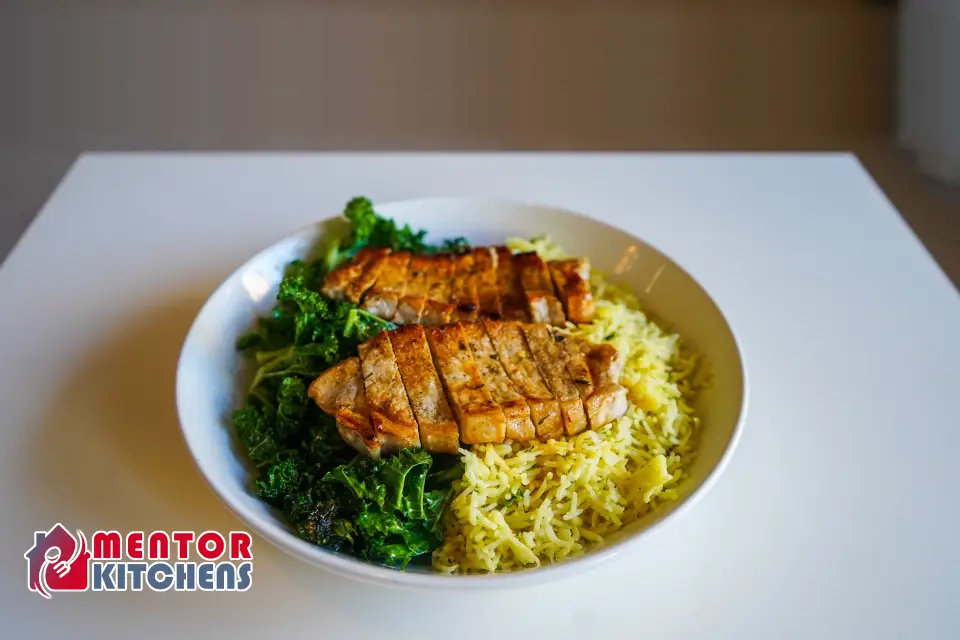
Understanding Different Types of Rice
When it comes to cooking rice without a rice cooker, it is important to understand the different types of rice available. Each type of rice has its unique characteristics, which can affect the cooking time, texture, and flavor of the final dish. In this section, we will explore the most common types of rice and their properties.
White Rice
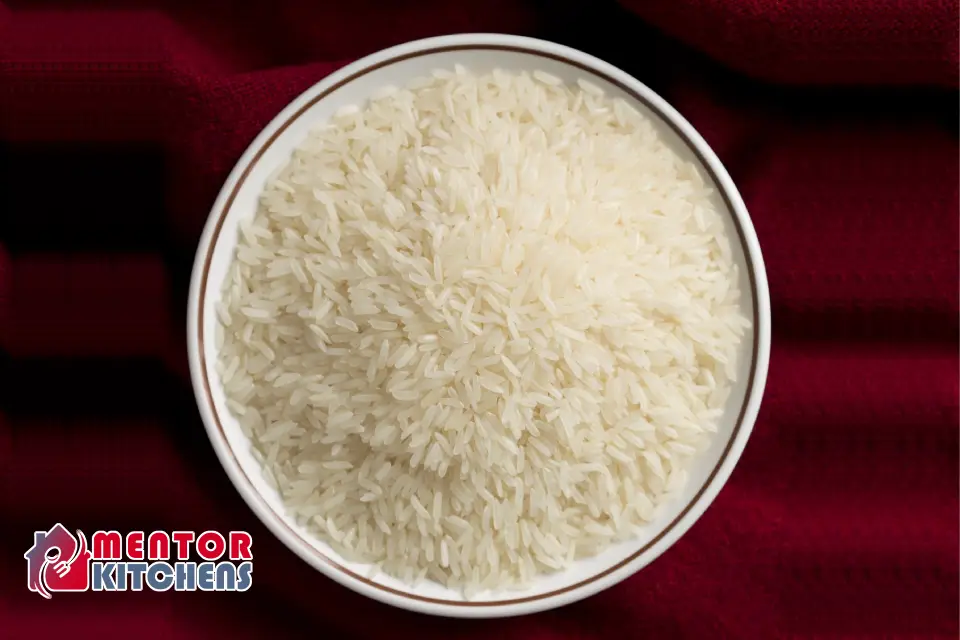
White rice is the most commonly used type of rice in the world. It is a versatile rice that can be used in a wide range of dishes, from stir-fries to rice puddings. White rice is available in both short-grain and long-grain varieties. It is also available in different levels of processing, such as white rice, parboiled rice, and instant rice.
Brown Rice
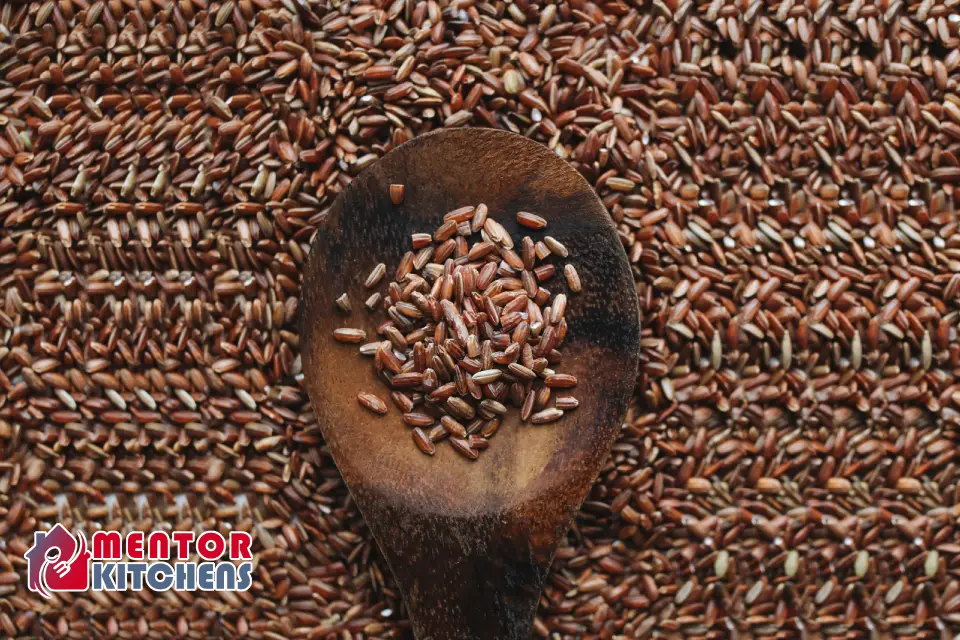
Brown rice is a healthy choice because it’s a whole grain. Unlike white rice, it’s not as processed, so it keeps that nutty taste and a bit of a chewy bite. It takes a bit longer to cook than white rice, but it’s packed with good stuff for your body. Just like white rice, you can find brown rice in short-grain and long-grain types.
Sushi Rice
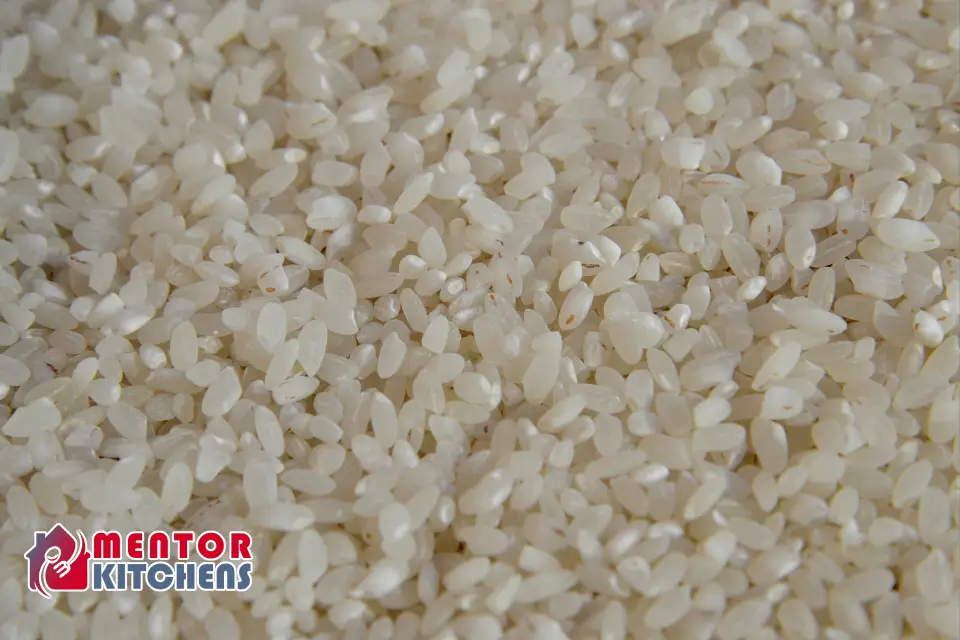
If you’ve ever had sushi, you’ve probably tasted sushi rice. It’s a short-grain rice that sticks together nicely, perfect for making those cool sushi rolls. Sushi rice gets an extra zing from vinegar, sugar, and salt that’s added to it.
Paella Rice
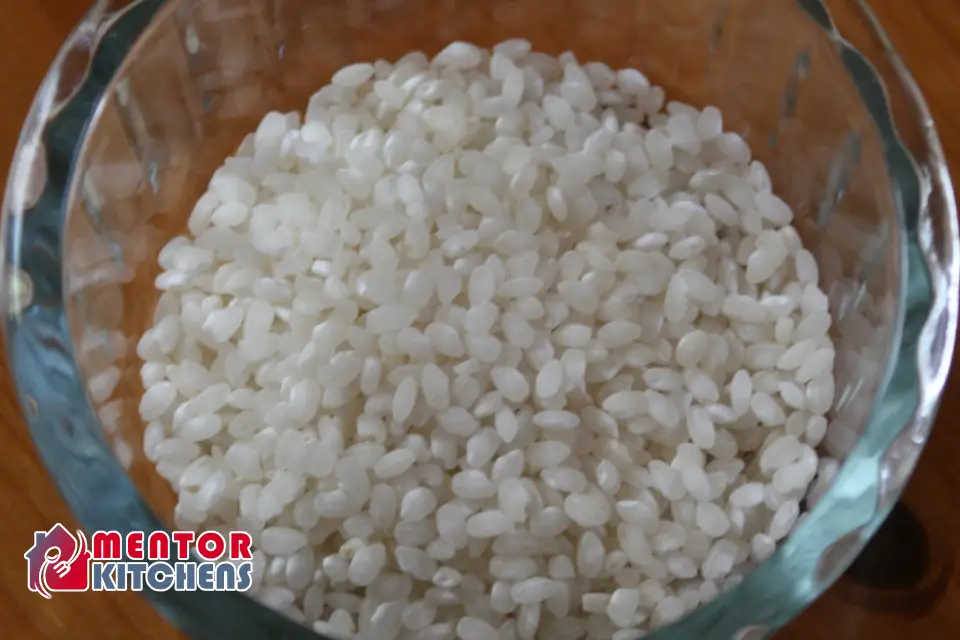
Paella rice is a short-grain rice that is commonly used in Spanish cuisine. It has a high starch content, which gives it a creamy texture when cooked. Paella rice is usually seasoned with saffron and other spices to give it a distinctive flavor.
Flavored Rice
Flavored rice is available in a variety of flavors, such as mushrooms, garlic, and vegetables. They are usually pre-seasoned and can be cooked in the same way as regular rice. Flavored rice is a great way to add extra flavor to your dishes without having to use additional seasonings.
Preparation of Rice
Before you start cooking rice, there are a few things you need to do to ensure that your rice turns out perfectly. In this section, we will discuss the three main steps in preparing rice: measuring the rice, soaking the rice, and draining the rice.
Measuring Rice
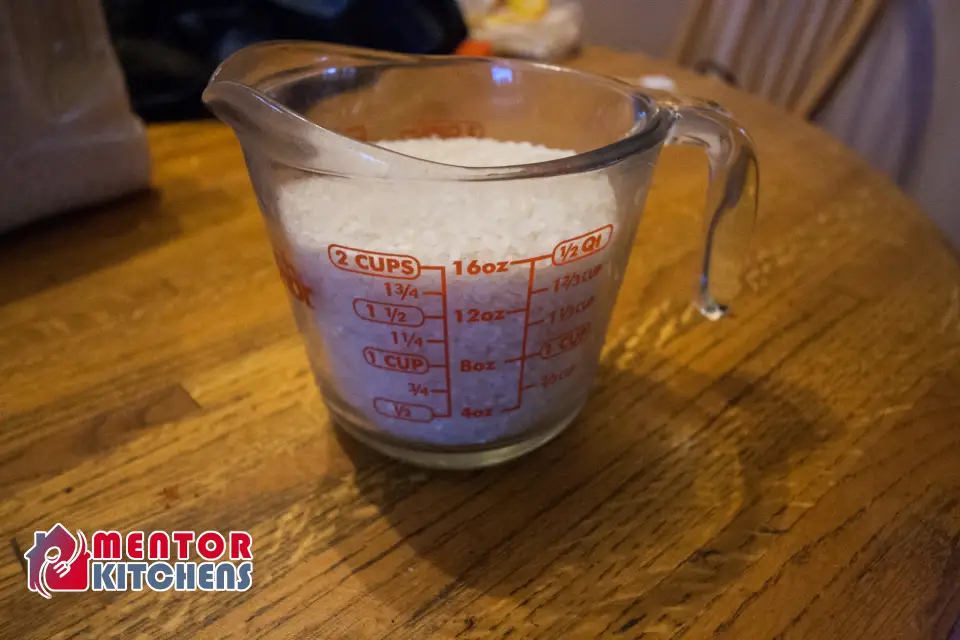
The first step in preparing rice is to measure the rice. Use a measuring cup to measure out the amount of rice you need. A standard serving of rice is 1/2 cup of uncooked rice, which will yield about 1 cup of cooked rice. Adjust the amount of rice you measure based on the number of servings you need.
Soaking the Rice
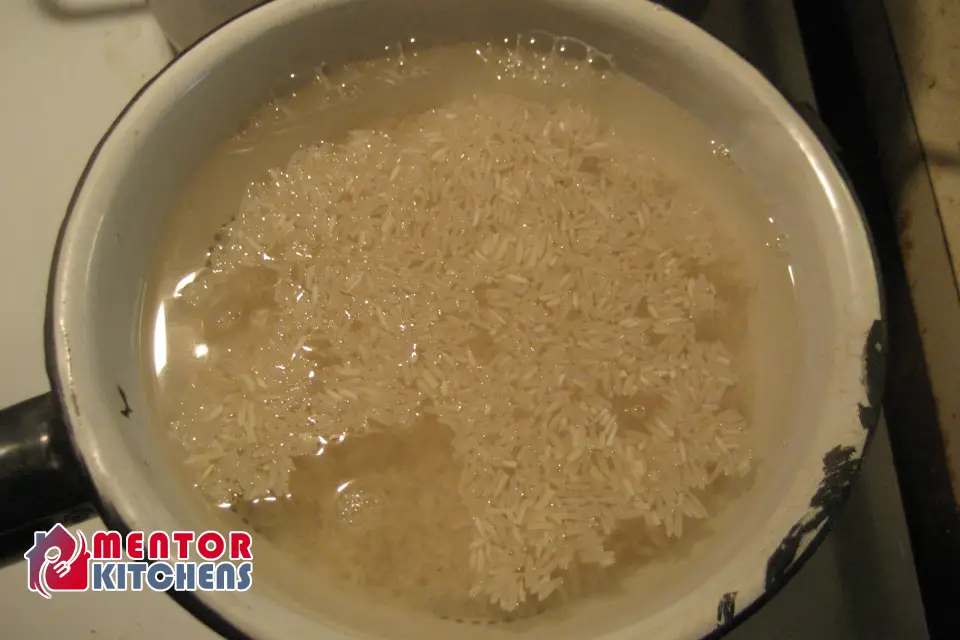
Soaking is an extra step that makes your rice even better. It helps the rice cook evenly and taste great. Rinse your rice in a strainer under cold water until the water runs clear. Pop the rinsed rice into a bowl, add enough water to cover it by about an inch, and let it soak for 30 minutes to 4 hours.
Draining the Rice

After soaking the rice, drain the rice using a fine-mesh strainer. Shake the strainer gently to remove excess water, but do not rinse the rice again. Let the rice drain for a few minutes before proceeding to cook the rice.
Choosing the Right Cooking Pot
When cooking rice without a rice cooker, choosing the right cooking pot is crucial to achieving perfect results. Here are some of the most common types of pots you can use to cook rice:
Non-Stick Pot
A non-stick pot is a popular choice for cooking rice because it prevents the rice from sticking to the bottom of the pot. When choosing a non-stick pot, make sure to choose one that is made of high-quality materials and has a thick bottom to prevent the rice from burning. It’s also important to avoid using metal utensils that can scratch the non-stick surface.
Cast Iron Pot
A cast iron pot is a great option for cooking rice because it distributes heat evenly and retains heat well. When using a cast iron pot, make sure to preheat the pot before adding the rice and water. This will ensure that the rice cooks evenly and doesn’t stick to the bottom of the pot.
Clay Pot
A clay pot is a traditional option for cooking rice that is still popular in many parts of the world. Clay pots are porous and absorb water, which helps to create a moist and fluffy texture in the rice. When using a clay pot, it’s important to soak the pot in water for at least 30 minutes before using it to cook rice. This will prevent the pot from cracking and ensure that the rice cooks evenly.
When choosing a pot to cook rice in, it’s important to consider the size of the pot and the amount of rice you will be cooking. A pot that is too small will not allow the rice to cook evenly, while a pot that is too large may cause the rice to dry out or burn. A regular pot that is at least 2 quarts in size is usually sufficient for cooking up to 2 cups of rice.
In summary, choosing the right cooking pot is an important step in cooking rice without a rice cooker. Whether you choose a non-stick pot, cast iron pot, or clay pot, make sure to follow the manufacturer’s instructions and use the appropriate cooking tools to ensure perfect results every time.
Cooking Rice on the Stove
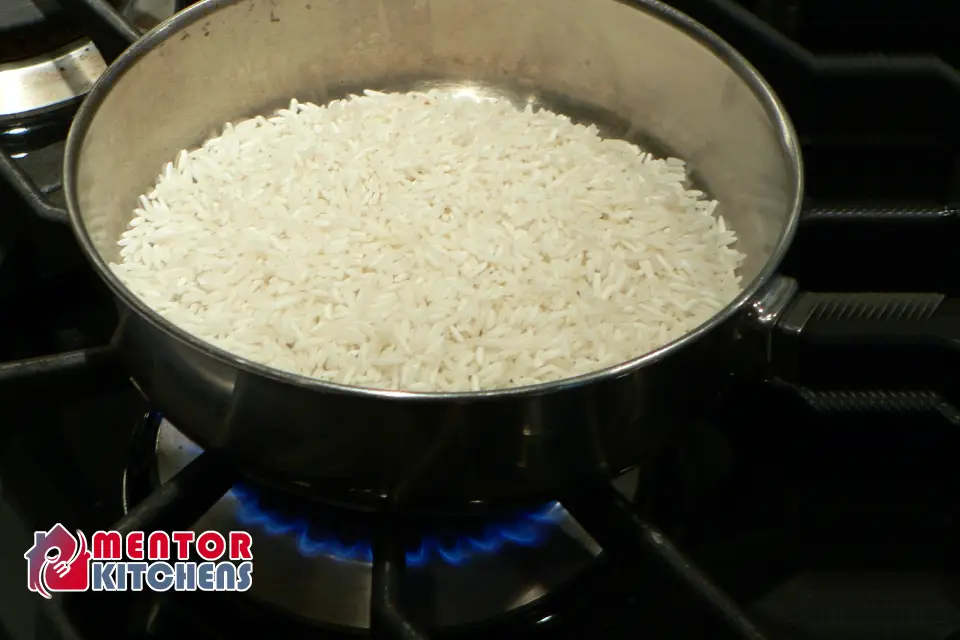
Cooking rice on the stove is a straightforward method that requires just a few steps. Here are the seven simple steps to follow:
Step 1
Rinse the rice in a strainer until the water is clear. This gets rid of extra starch.
Step 2
Put the rice in a pot with a lid.
Step 3
Add water – usually 2 cups of water for 1 cup of rice.
Step 4
Boil the water, then lower the heat and cover the pot.
Step 5
Let it simmer for 18-20 minutes. Don’t open the lid – steam is working its magic!
Step 6
Turn off the heat and wait 5-10 minutes. The rice finishes soaking up water and getting fluffy.
Step 7
Fluff the rice with a fork to separate the grains. You can add a pinch of salt or butter if you like.
Just keep the water levels right – too much and it gets mushy, too little and it’s hard. And don’t forget to let the rice chill for a bit after cooking. Your reward? Perfectly cooked rice!
In conclusion, cooking rice on the stove is a simple and easy method that requires just a few steps and some attention to detail. By following these steps, you can make perfectly cooked rice every time.
Making Fluffy Rice
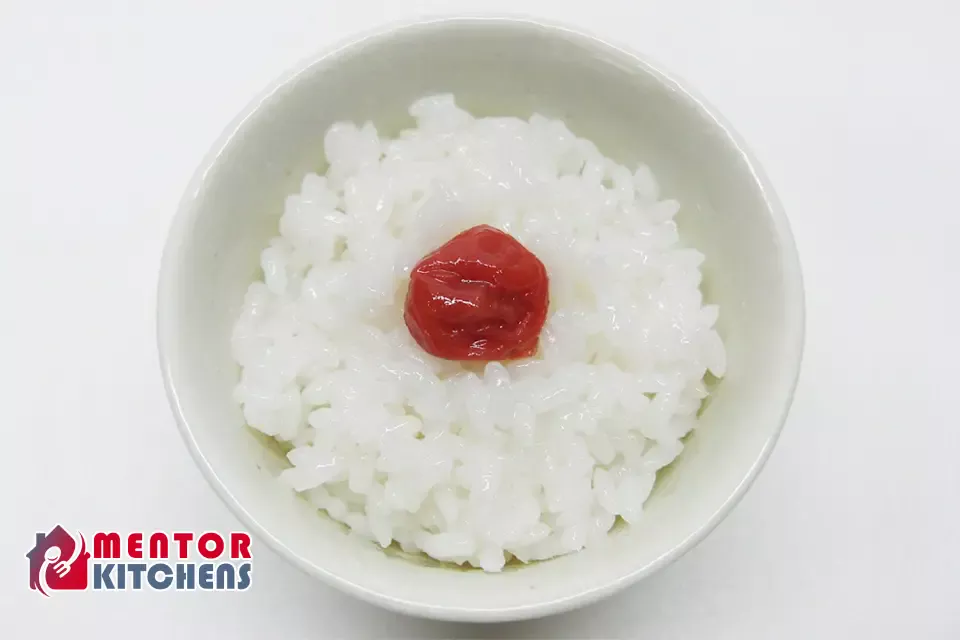
To make fluffy rice, you need to follow a few simple steps. First, Rinse the rice till the water is clear. This will remove excess starch and help prevent the rice from becoming sticky.
Next, add the rice to a pot and add water. The general rule is to use a 1:2 ratio of rice to water. For example, if you are cooking 1 cup of rice, use 2 cups of water.
Bring the water to a boil, then lower the heat and cover the pot. Let the rice simmer for about 18-20 minutes. Do not lift the lid during this time as it will release steam and affect the cooking process.
After 18-20 minutes, turn off the heat and let the rice sit for an additional 5-10 minutes. This will allow the rice to absorb any remaining water and finish cooking.
Finally, fluff the rice with a fork to separate the grains and make it fluffy. You can add salt or butter to taste if desired.
By following these simple steps, you can make perfect, fluffy rice without a rice cooker.
Cooking Rice in the Microwave
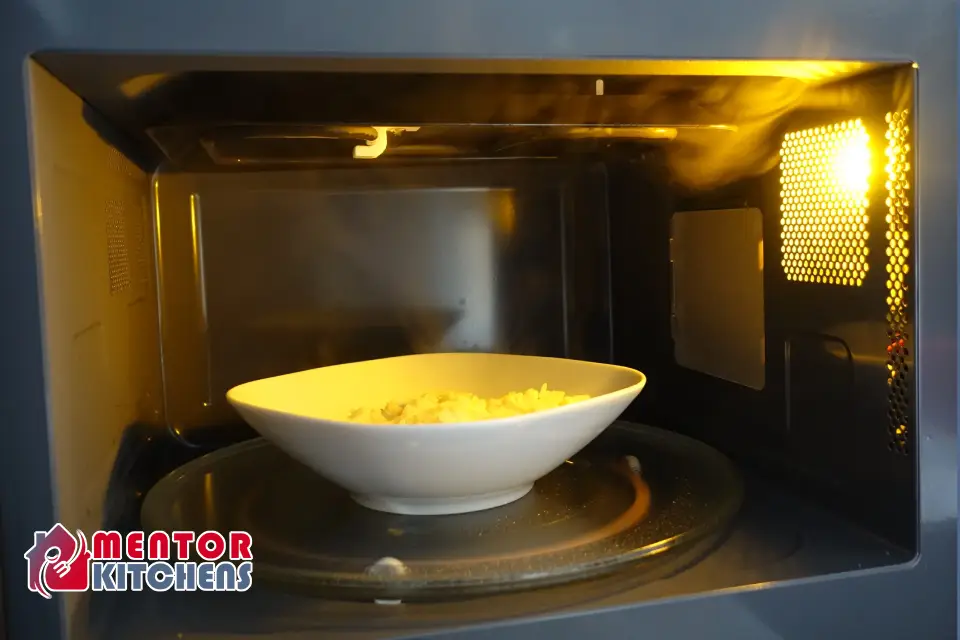
Cooking rice in the microwave can be a quick and easy way to prepare rice without a rice cooker. Here are the steps to follow:
Rinse the Rice:
Rinse the rice in a fine-mesh strainer under cold running water until the water runs clear. This step will help eliminate extra starch and stop the rice from getting too sticky.
Measure rice and water:
Measure the rice and water according to the package instructions. Generally, you’ll need a ratio of 1:2 (one cup of rice to two cups of water).
Place the rice and water in a microwave-safe dish:
Place the rice and water in a microwave-safe dish with a lid. Make sure the dish is large enough to allow the rice to expand as it cooks.
Microwave on high:
Microwave the rice on high for 10-12 minutes, or until the water has been absorbed and the rice is tender.
Let the rice rest:
Let the rice rest for 5 minutes with the lid on. This will allow the rice to steam and become fluffier.
Fluff the rice:
Fluff the rice with a fork to separate the grains and remove any clumps.
Serve:
Serve the rice hot as a side dish or use it as a base for stir-fries, curries, and other dishes.
Microwave cooking times may vary depending on the wattage of your microwave and the type of rice you’re using. Take a look at the instructions on the package and change the cooking time as needed. Also, be careful when removing the lid from the dish, as steam may escape and cause burns.
Overall, cooking rice in the microwave is a convenient and easy alternative to using a rice cooker or stovetop method. Go ahead and give it a try to see how it works for you!
Freezing and Reheating Rice
If you have leftover rice that you want to save for later, you can freeze it. Freezing rice is a great way to make sure that you always have some on hand. Here’s how to freeze and reheat rice:
Step 1
Let the rice cool down to room temperature. Do not leave it out for more than 2 hours.
Step 2
Portion the rice into freezer-safe containers or bags. You can use small containers or bags for individual servings or larger ones for family-sized portions.
Step 3
Label the containers or bags with the date and type of rice.
Step 4
Put the containers or bags in the freezer.
Step 5
When you’re ready to reheat the rice, remove it from the freezer and let it thaw in the refrigerator overnight.
Step 6
You can reheat the rice using a microwave or a stovetop. If using a microwave, place the rice in a microwave-safe dish with a lid. Add a tablespoon of water to every cup of rice to prevent it from drying out. Microwave on high for 1-2 minutes, or until it’s heated through. If using a stovetop, add a tablespoon of water for every cup of rice and heat over medium heat, stirring occasionally, until heated through.
Step 7
Once the rice is fully heated, go ahead and serve it right away.
Freezing rice is a great way to save time and reduce food waste. Just make sure to follow these steps to ensure that your rice stays fresh and safe to eat.
Rice Dishes Around the World
If you’re looking for a versatile and easy-to-cook food, rice is an excellent choice. It’s a staple food in many cultures around the world and can be used in a wide variety of dishes. In this section, we’ll explore some of the most popular rice dishes from different parts of the world.
Asian Rice
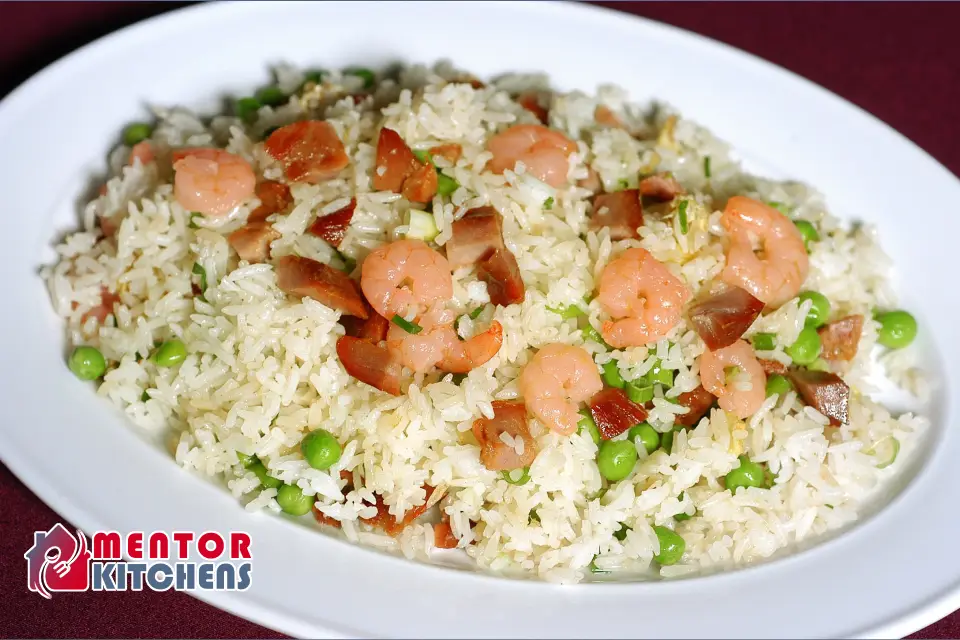
Asian cuisine is known for its extensive use of rice in various dishes. Steamed rice is a staple in many Asian countries, including China, Japan, and Korea. It’s simple to make and pairs well with almost any dish.
Japanese Rice
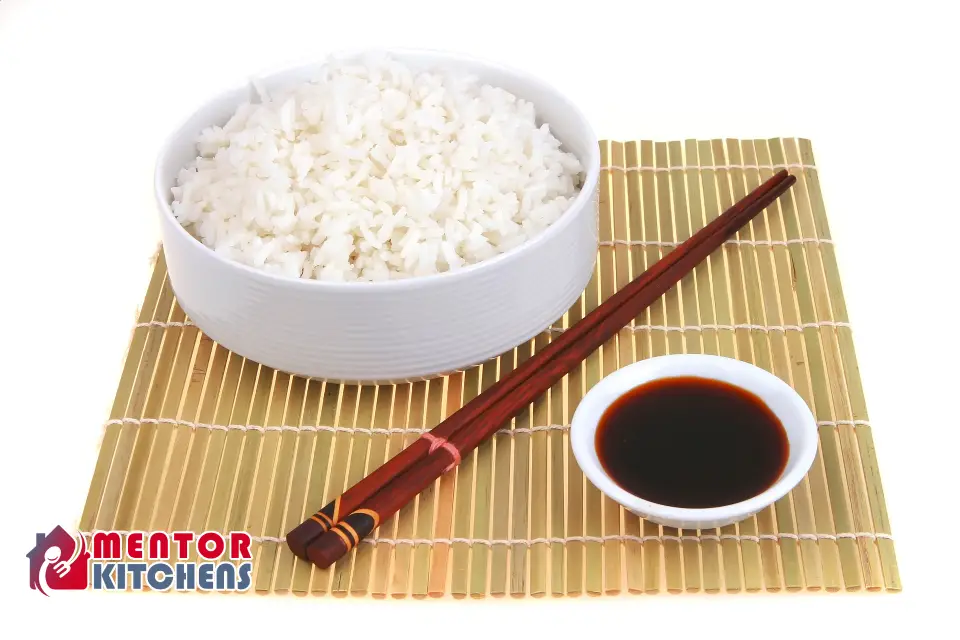
Japanese rice is a short-grain variety that is sticky and slightly sweet. It’s a staple in Japanese cuisine and is used in dishes like sushi, onigiri, and donburi. To make Japanese rice, rinse the rice several times, add water, and cook it in a rice cooker or on the stove.
Chinese Steamed Rice
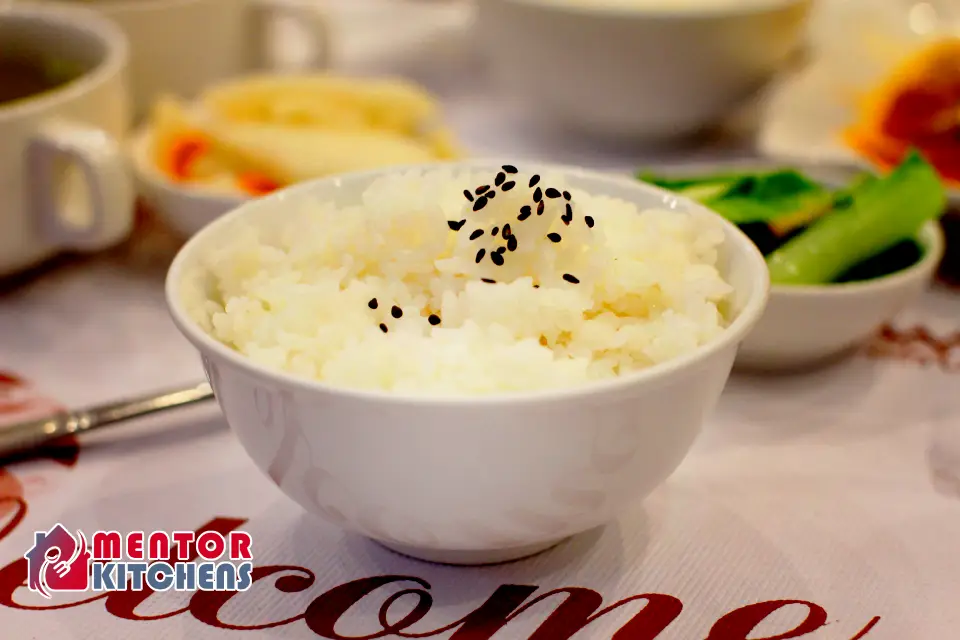
Chinese steamed rice is a simple and healthy side dish that pairs well with stir-fries and other dishes. To make qualified steamed rice, rinse the rice several times, add water, and cook it in a steamer basket for about 20 minutes.
Chinese Fried Rice
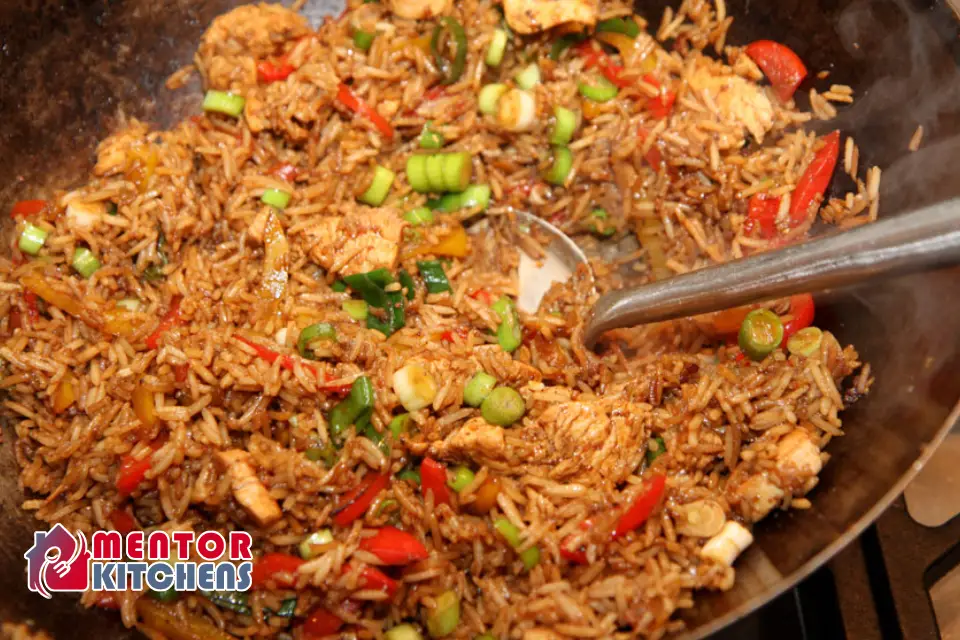
Chinese fried rice is a popular dish that is easy to make and can be customized with your favorite ingredients. To make Chinese fried rice, cook the rice in advance, and then fry it with eggs, vegetables, and meat.
Mexican Rice
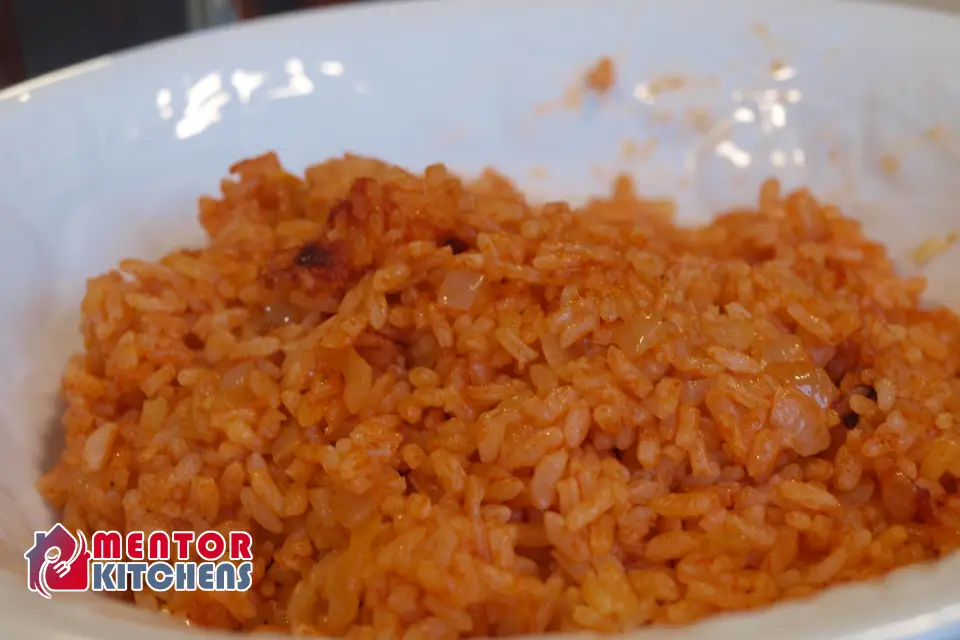
Mexican cuisine is known for its flavorful rice dishes, including Mexican-style rice and arroz con pollo. Mexican-style rice is a simple side dish that pairs well with tacos, burritos, and other Mexican dishes.
Easy Mexican-Style Rice
To make easy Mexican-style rice, sauté onions and garlic in a skillet, add rice, chicken broth, and diced tomatoes, and cook until the rice is tender. This dish is ideal for a fast and convenient weeknight meal.
In conclusion, rice is a versatile and delicious food that can be used in a variety of dishes. Whether you’re looking for a simple side dish or a flavorful main course, there’s a rice dish out there for you. Follow these steps to cook the best rice and enjoy your meal!
Conclusion
Congratulations, you have successfully learned how to cook rice without a rice cooker! By following the 7 simple steps outlined in this article, you can now make perfect rice every time.
Remember to use the correct ratio of water to rice, and to rinse the rice thoroughly before cooking. You can also experiment with different types of rice to find the one that works best for you.
If you’re looking for the best rice to use, we recommend using long-grain white rice. It is easy to find and produces consistent results. However, if you prefer a different type of rice, feel free to use it instead.
In summary, making perfect rice without a rice cooker is easy and straightforward. With a little practice, you’ll be able to make delicious rice every time. Therefore, feel free to give it a try and see how it works for yourself!
Frequently Asked Questions
What Is the Water-to-Rice Ratio for Cooking Rice on the Stove?
The general rule for cooking rice on the stove is to use a 2:1 ratio of water to rice. For instance, if you’re cooking 1 cup of rice, you’ll require 2 cups of water.
How Much Time Does It Take to Cook Rice on the Stove?
It usually takes about 18-20 minutes to cook rice on the stove. However, the cooking time may vary depending on the type of rice and the altitude.
Can You Cook Rice in the Microwave?
Yes, you can cook rice in the microwave. To do this, you will need to use a microwave-safe container and follow the instructions on the rice package.
What’s the Most Effective Method to Cook Long-grain Rice?
The best way to cook long-grain rice is to rinse it thoroughly before cooking, use the 2:1 water-to-rice ratio, and simmer it on low heat for about 18-20 minutes.
What Is the Difference Between Cooking Rice in a Rice Cooker and on the Stove?
The main difference between cooking rice in a rice cooker and on the stove is that a rice cooker automates the process and ensures that the rice is cooked perfectly every time. On the other hand, cooking rice on the stove requires more attention and care.
How Do You Cook White Rice Without a Rice Cooker?
To cook white rice on the stove, rinse the rice thoroughly, add it to a pot with water using the 2:1 ratio, bring it to a boil, then Lower the heat to a gentle simmer and allow it to cook for approximately 18-20 minutes.
What Is the 10 5 5 Rice Rule?
The 10 5 5 rice rule is a method of cooking rice where you use 10 cups of water for every 5 cups of rice and let it cook for 5 minutes. After 5 minutes, drain the rice and let it steam for another 10 minutes.
What Is the Finger Rule for Rice?
The finger rule for rice is a method of measuring the water level when cooking rice on the stove. To do this, you place your index finger on top of the rice and add enough water to reach the first joint of your finger.
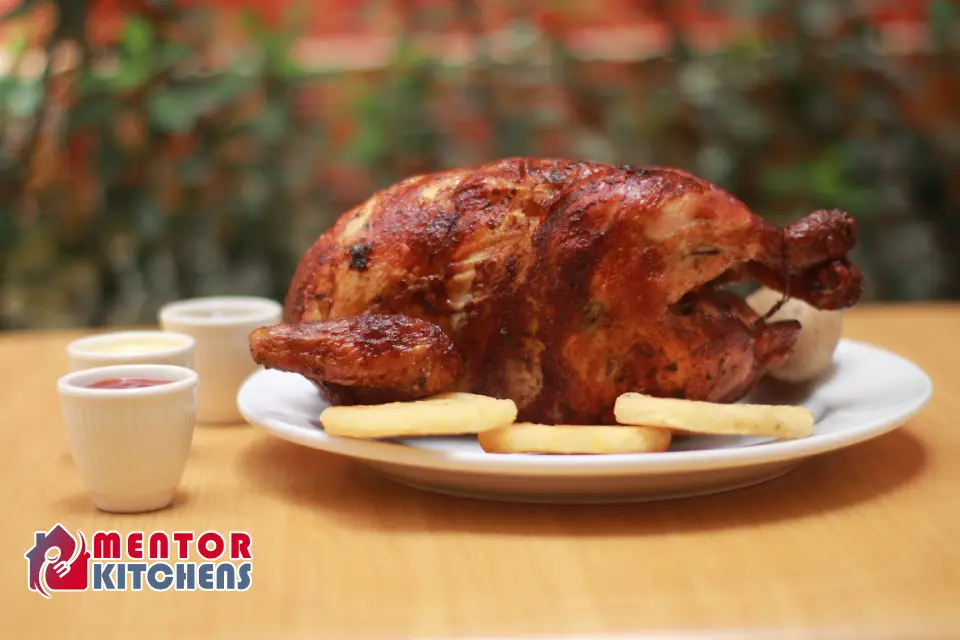
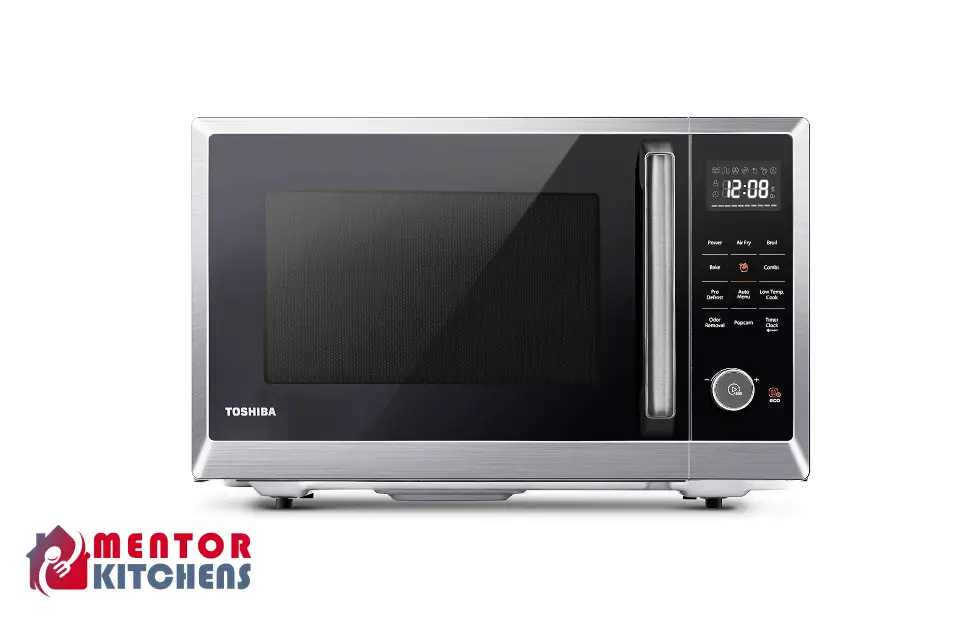
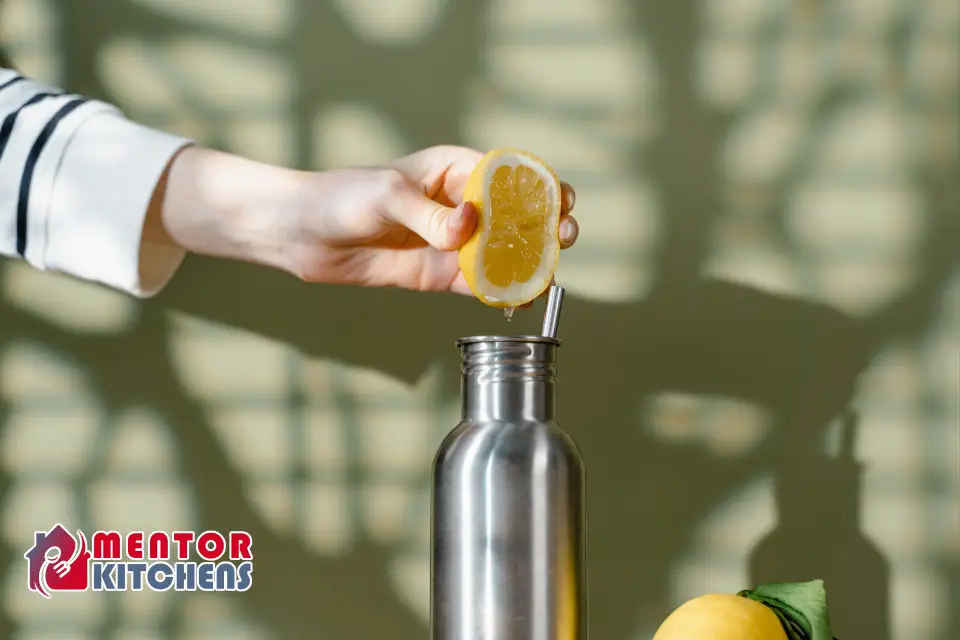
Leave a Reply